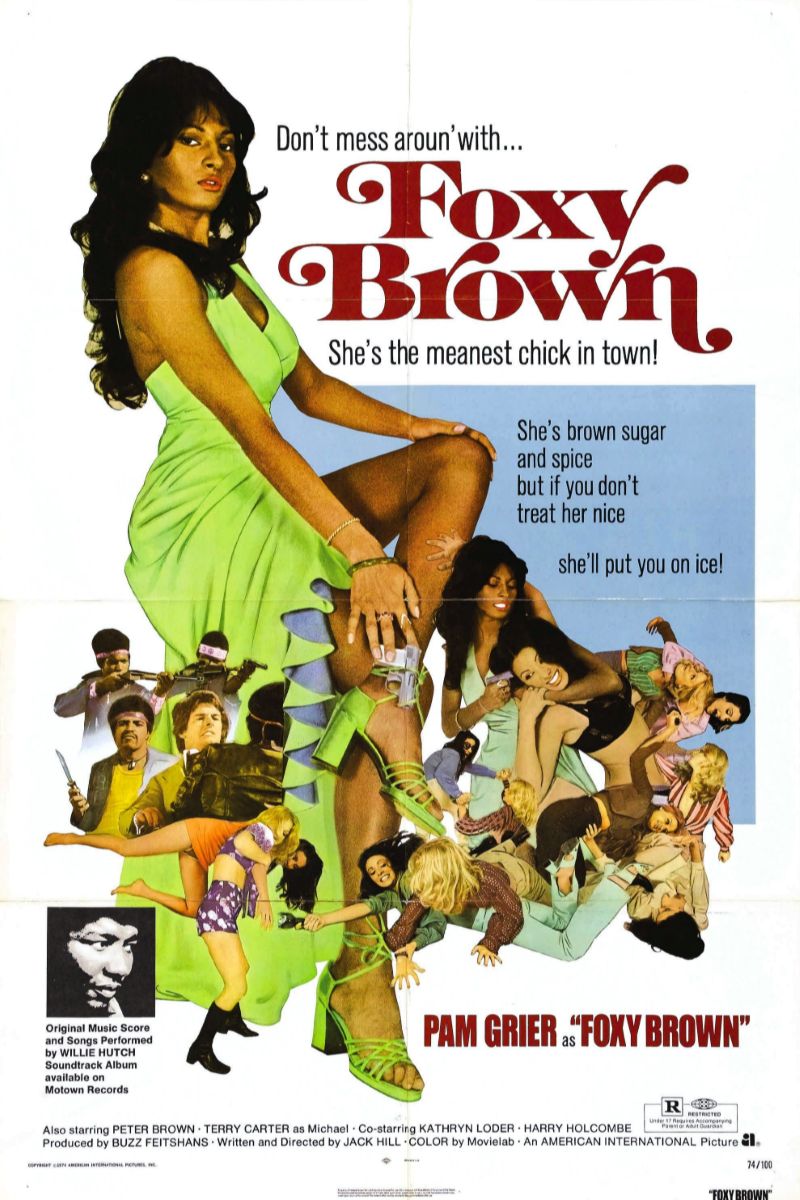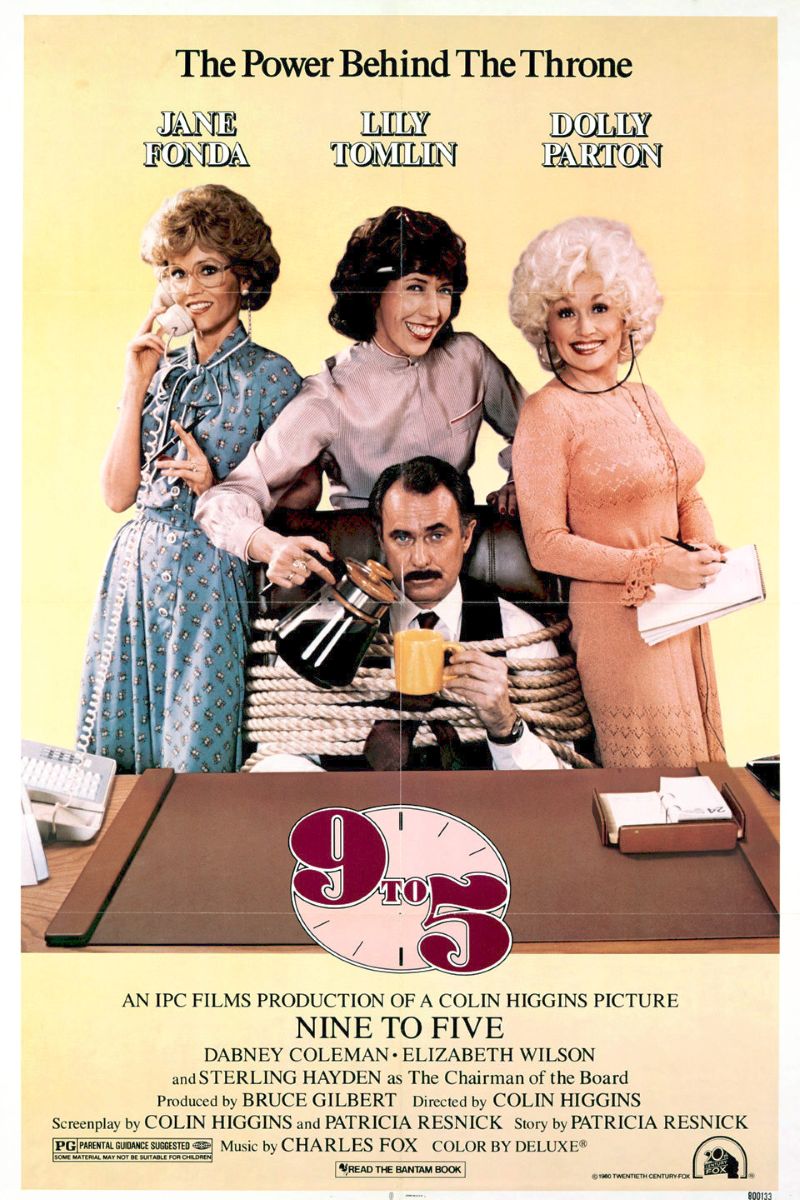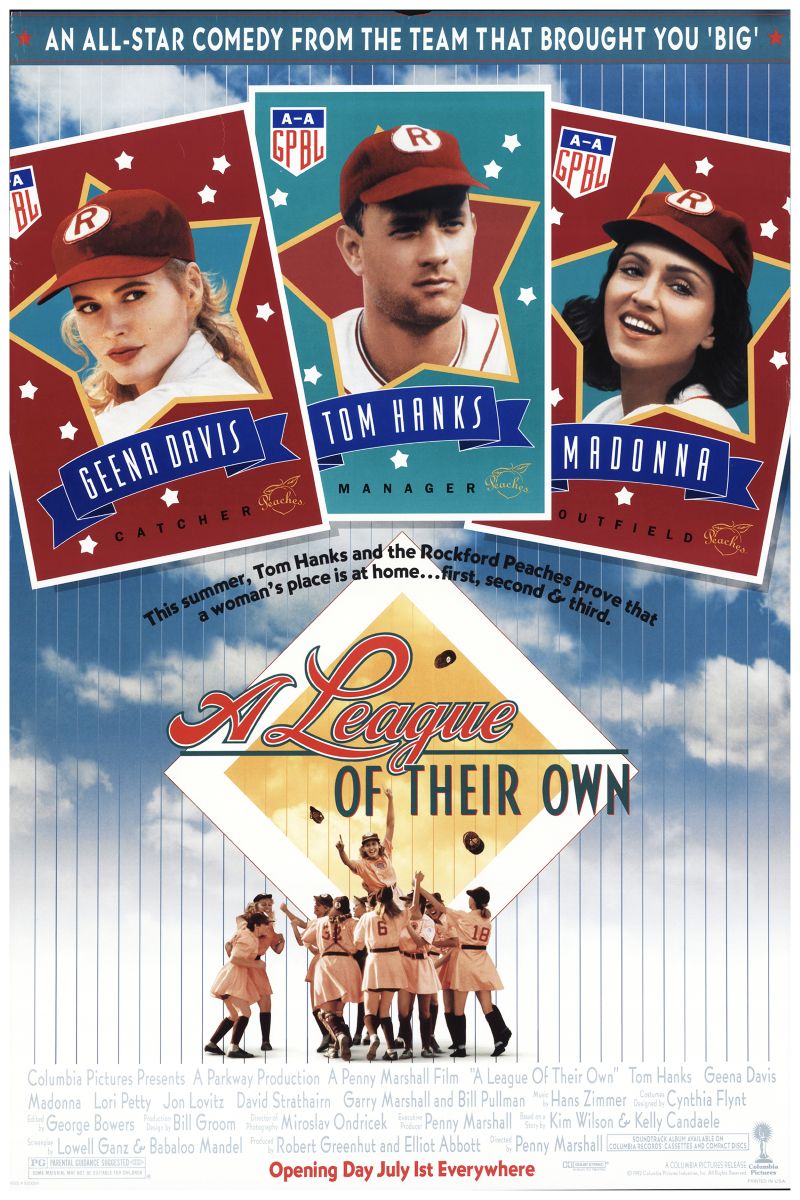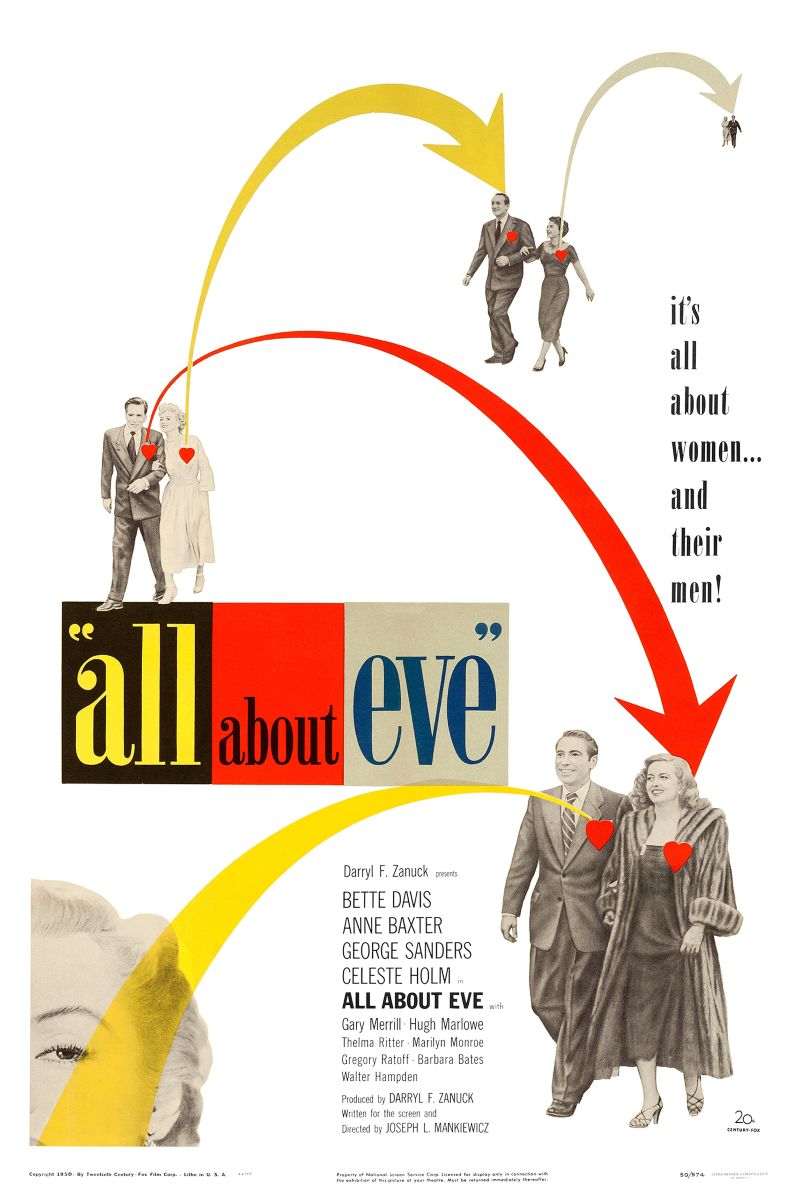
Foxy Brown
Foxy Brown
If you don't yet worship at the altar of Pam Grier, then good lord, what are you waiting for? An action legend who has been shattering glass ceilings for decades, the woman has made a film or television show nearly every single year since 1970. And one of her best is Foxy Brown, a crime classic that has a feminist streak piercing through all its revenge-glory chaos.
主演
🎥 影评与解读
“Foxy Brown” stands as one of the most revolutionary works in blaxploitation film history and an important milestone in feminist cinema. Director Jack Hill’s creation of this iconic character through Pam Grier not only redefined the female image in action films but also blazed new trails for Black women’s representation in Hollywood. This film transcends simple revenge storytelling to become a comprehensive attack on patriarchy, racism, and class oppression while demonstrating Black women’s power, intelligence, and indomitable spirit of resistance.
From a Black feminist perspective, the character of Foxy Brown carries groundbreaking significance. In 1970s Hollywood, Black women were typically portrayed as secondary characters—either as nurturing wives and mothers or as sexual objects, rarely having opportunities to become narrative centers. Pam Grier’s Foxy Brown completely subverted these stereotypes, presenting a fully independent, agential female character who controls her own destiny and revenge plans. Her strength manifests not only in physical power but in wisdom, strategy, and moral persistence.
The film’s portrayal of economic empowerment carries profound social significance. Foxy is not a passive victim but an active agent who uses her intelligence and resources to combat corrupt power structures. Against the backdrop of an era when economic opportunities for Black communities were limited, her initiative and determination represent a desire and pursuit of economic independence. She doesn’t rely on male protection but maintains justice and dignity through her own actions.
The theme of resistance to sexual violence runs throughout the film. Foxy faces not only physical violence but systematic sexual exploitation and objectification. Her revenge is not merely personal but serves as symbolic retaliation for all women who have suffered sexual violence. Through her actions, the film demonstrates how women can reclaim bodily autonomy and dignity through resistance, a spirit that profoundly influenced later feminist movements.
From a pop culture feminism perspective, “Foxy Brown” pioneered a new type of female hero. Foxy is not a traditional “good woman”—she uses violence, employs deception, and utilizes her sexual appeal to achieve her goals. This complexity makes her a more authentic and humanized character, challenging societal stereotypes about how women should behave. Her image paved the way for later female action heroes, from Ripley in “Alien” to The Bride in “Kill Bill.”
The film’s cultural critique dimension cannot be ignored. Through depicting the criminal underworld, the film actually critiques the corruption and injustice of 1970s American society. Drug trafficking, police corruption, political collusion—these were real issues facing American cities, particularly Black communities, at that time. Foxy’s revenge actions represent not only personal justice but a challenge to the entire corrupt system.
From the perspective of female friendship, the film demonstrates solidarity and mutual support among women. Foxy’s relationships with other female characters are cooperative rather than competitive. They unite against male-dominated criminal organizations, a portrayal of female solidarity quite rare in films of that era. This depiction emphasized the importance of collective female power and possibilities for combating oppression through unity.
The film’s exploration of workplace equality also deserves attention. In the film’s world, women are restricted to specific roles—either as prostitutes or drug dealers’ companions. Through her actions, Foxy challenges this occupational gender segregation, proving that women can function in traditionally male domains and even perform better than men. Her success comes not through appeasing male expectations but by demonstrating her own capabilities and determination.
From an intersectional feminist perspective, Foxy faces triple oppression of race, gender, and class. As a Black woman, she confronts racial discrimination in white-dominated society; as a woman, she faces gender discrimination; as someone from a working-class background, she encounters class oppression. Through her experiences, the film demonstrates how these oppressions intersect while also showing how resistance can overcome these barriers.
The film’s visual style also serves its political themes. Director Jack Hill employed bold colors, dynamic cinematography, and rhythmic editing to create a visual language that is both captivating and dangerous. These aesthetic choices reinforce Foxy’s power and charm while reflecting the vitality and creativity of 1970s Black culture.
Music plays an important role in the film. Willie Hutch’s soundtrack not only enhances the film’s emotional impact but became an important component of Black musical culture. This musical choice embodies the film’s celebration and identification with Black culture, emphasizing the important role of cultural expression in resistance.
From historical context, “Foxy Brown” emerged during the later period of the Civil Rights Movement and the rise of the Black Power Movement. The film reflected that era’s desire for self-determination and cultural pride within Black communities. Foxy’s character embodies the spirit of the “Black is Beautiful” movement—she doesn’t try to conform to white society’s standards but defines success and value in her own terms.
The film’s treatment of motherhood and family relationships also shows considerable depth. Foxy embarks on her revenge journey to avenge her boyfriend, actions that demonstrate both loyalty to love and commitment to justice. Her motherhood is not traditional nurturing but protective and combative, a redefined maternal image that significantly influenced feminist theory.
From a film industry perspective, “Foxy Brown’s” success proved the market value of diverse cinema. This low-budget production achieved enormous commercial success, paving the way for more films starring ethnic minorities. It proved audience hunger for different types of stories and characters, challenging Hollywood’s traditional notions about what films could be profitable.
The film’s violent depictions, while controversial, carry clear political significance. The violence Foxy employs is retaliatory and just, with each violent act responding to previously suffered injustices. This use of violence challenges traditional notions that women should be pacifists, demonstrating that in certain circumstances, violence might be a necessary means of achieving justice.
From a psychological perspective, Foxy’s character demonstrates post-trauma growth and transformation. Her transition from victim to avenger represents not only external behavioral change but internal psychological transformation. She learns how to survive and fight in a hostile world, a growth model that provides possible coping strategies for women who have suffered trauma.
The film’s portrayal of sexuality and sexual appeal also carries subversive elements. Foxy uses her sexual appeal as a weapon while maintaining control over her own body. This portrayal challenges traditional binary oppositions between women as either sexual objects or madonnas, presenting a more complex and realistic female sexual identity.
From contemporary perspectives, “Foxy Brown’s” influence remains evident. From Quentin Tarantino’s “Kill Bill” to Marvel’s “Black Panther,” traces of this film’s influence can be seen. It established new standards for strong female characters, proving that women could be action film protagonists without losing their feminine qualities.
The film’s critique of police and legal systems also carries persistent contemporary relevance. Against the backdrop of ongoing American discussions about police violence and judicial injustice, Foxy’s choice to seek justice outside the legal system still resonates strongly. Her story reminds us that when formal justice channels fail, individuals have the right and obligation to seek justice for themselves and their communities.
The film’s exploration of violence as resistance demonstrates complex relationships between power, justice, and agency. Foxy’s violence is not random or sadistic but strategic and morally driven. This portrayal challenges both pacifist feminist positions and male-dominated revenge narratives, presenting violence as a tool that can be wielded responsibly by women in pursuit of justice.
From sociological perspectives, the film illustrates how marginalized communities create their own systems of justice and protection when official institutions fail them. Foxy’s network of allies and informants represents alternative power structures that emerge in response to systematic exclusion from mainstream society.
The film’s treatment of beauty standards and feminine presentation also carries political significance. Foxy’s style—natural hair, bold fashion choices, confident sexuality—represented a rejection of white beauty standards and affirmation of Black aesthetic values. Her presentation embodies the “Black is Beautiful” movement’s challenge to Eurocentric beauty norms.
From media representation perspectives, the film provided unprecedented visibility for Black women as complex, powerful protagonists. This representation countered dominant media images of Black women as either maternal figures or hypersexualized objects, offering audiences a new template for understanding Black female identity and capability.
The film’s influence on subsequent generations of filmmakers and activists cannot be overstated. From Spike Lee to Ryan Coogler, many creators have cited “Foxy Brown” as inspiration for their own work exploring themes of justice, identity, and resistance. The film’s aesthetic and thematic innovations continue influencing contemporary action cinema and feminist media.
Ultimately, “Foxy Brown’s” value lies in providing a powerful representative image for marginalized groups. Foxy Brown serves not merely as an entertainment character but as a symbol of resistance and beacon of hope. She tells us that regardless of the difficulties and oppression faced, individuals have the capacity to stand up and fight for justice. In a world still struggling for true racial and gender equality, her spirit continues inspiring new generations of activists and artists. This film reminds us that true power lies not in compliance but in resistance; true beauty lies not in conforming to social expectations but in maintaining authentic selfhood.
🏆 获奖与荣誉
- • American Film Institute AFI Century Series Lists
- • Selected for National Film Registry by Library of Congress
- • Black Film Foundation Classic Film
⭐ 评分与链接
相关推荐
评论与讨论
与其他观众一起讨论这个视频
加入讨论
与其他观众一起讨论这个视频
评论加载中...



